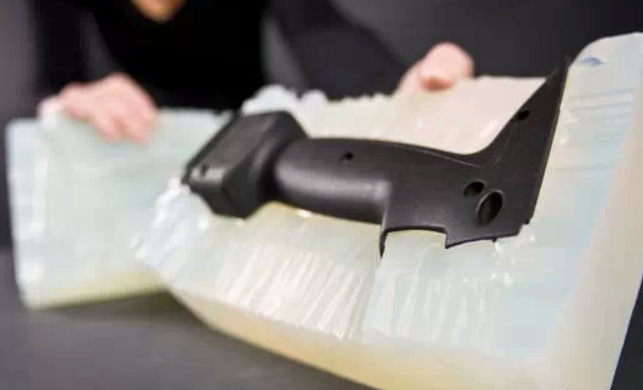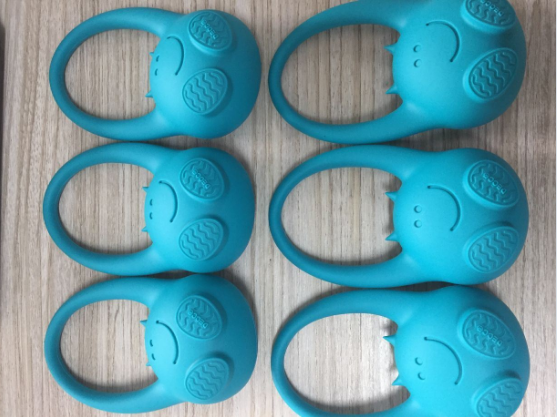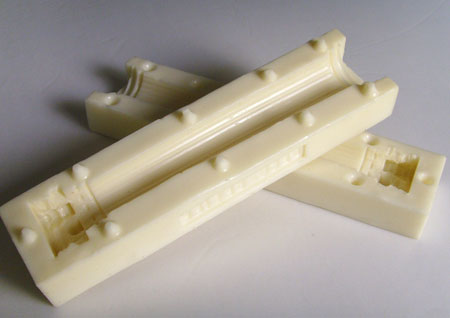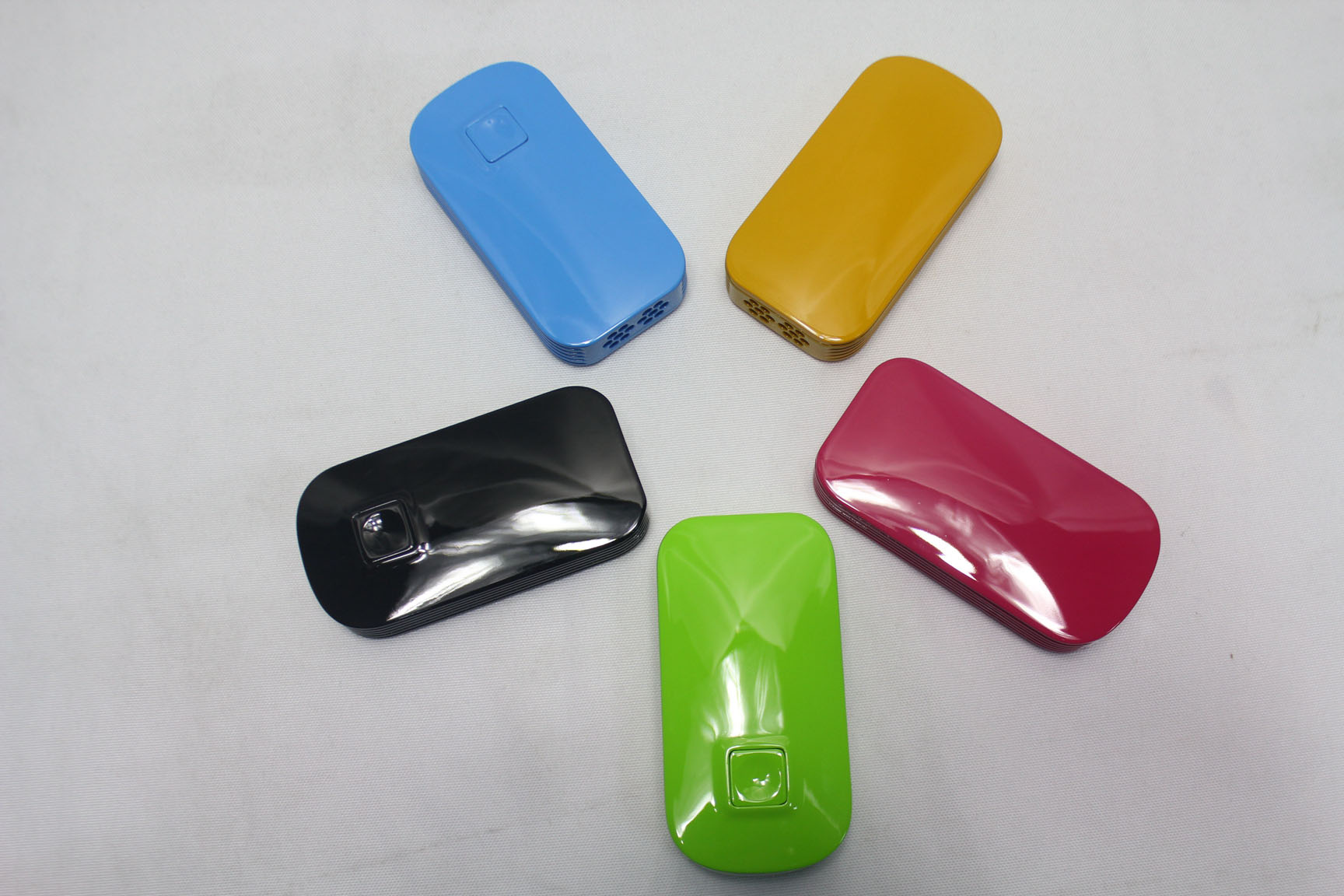Liquid silicone rubber parts have almost limitless potential for commercial, industrial, and everyday use. Silicone parts make much of our everyday lives possible without our even noticing. Parts made with liquid silicone rubber are designer-preferred for:
-
Mechanical uses
-
Electrical applications
-
Combustion engines
-
Extreme temperatures
-
Sterilization procedures
-
Many more applications!
If you are ready for a free quote regarding your liquid silicone rubber molding, contact us today so we can share our capabilities with you. Our sales staff is fluent in English, Mandarin, Japanese, and French. Our designers and engineers have years of experience helping to create incredible silicone rubber castings for clients all across the globe. For questions, information, or a free quote – contact us today!






